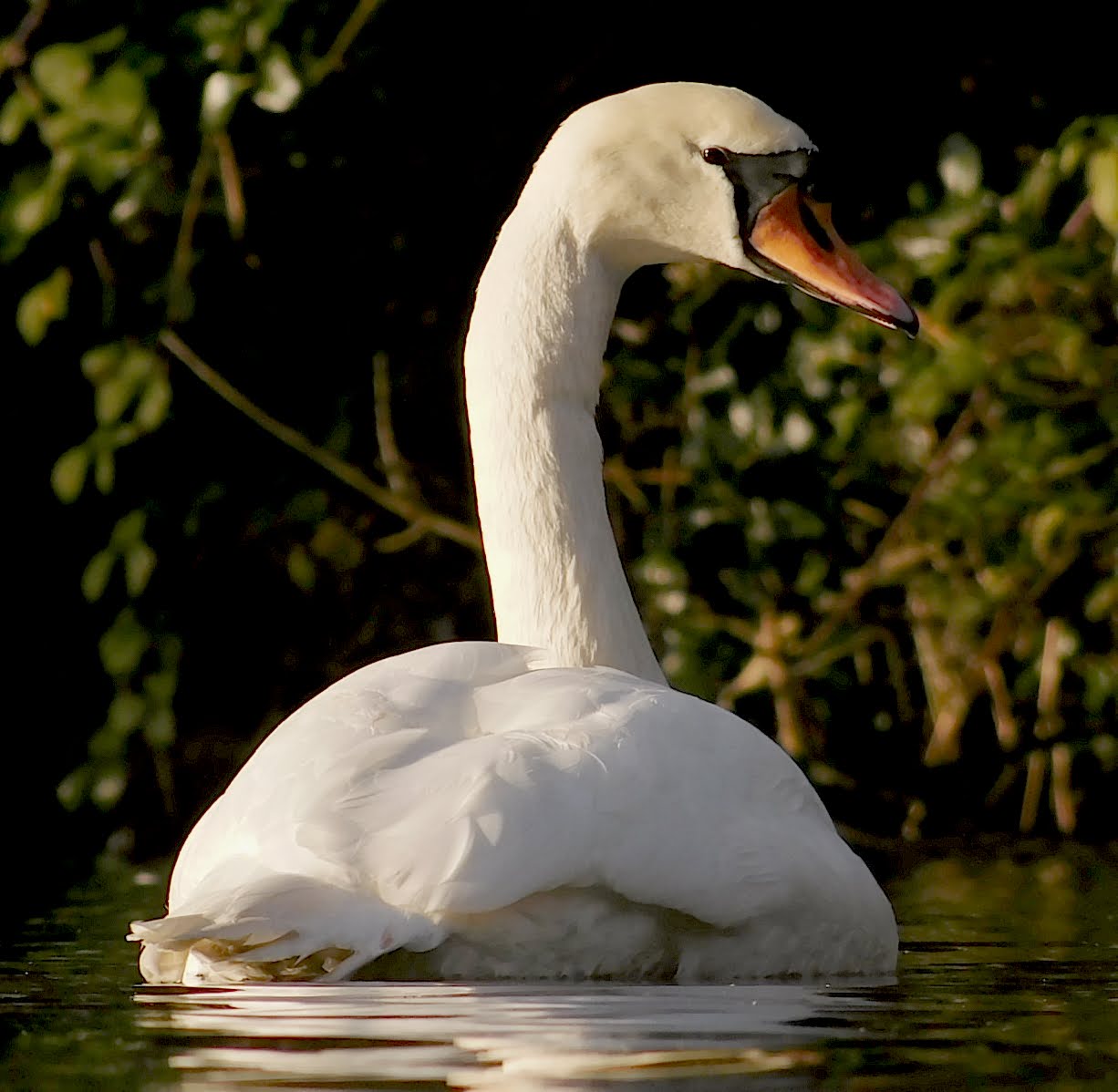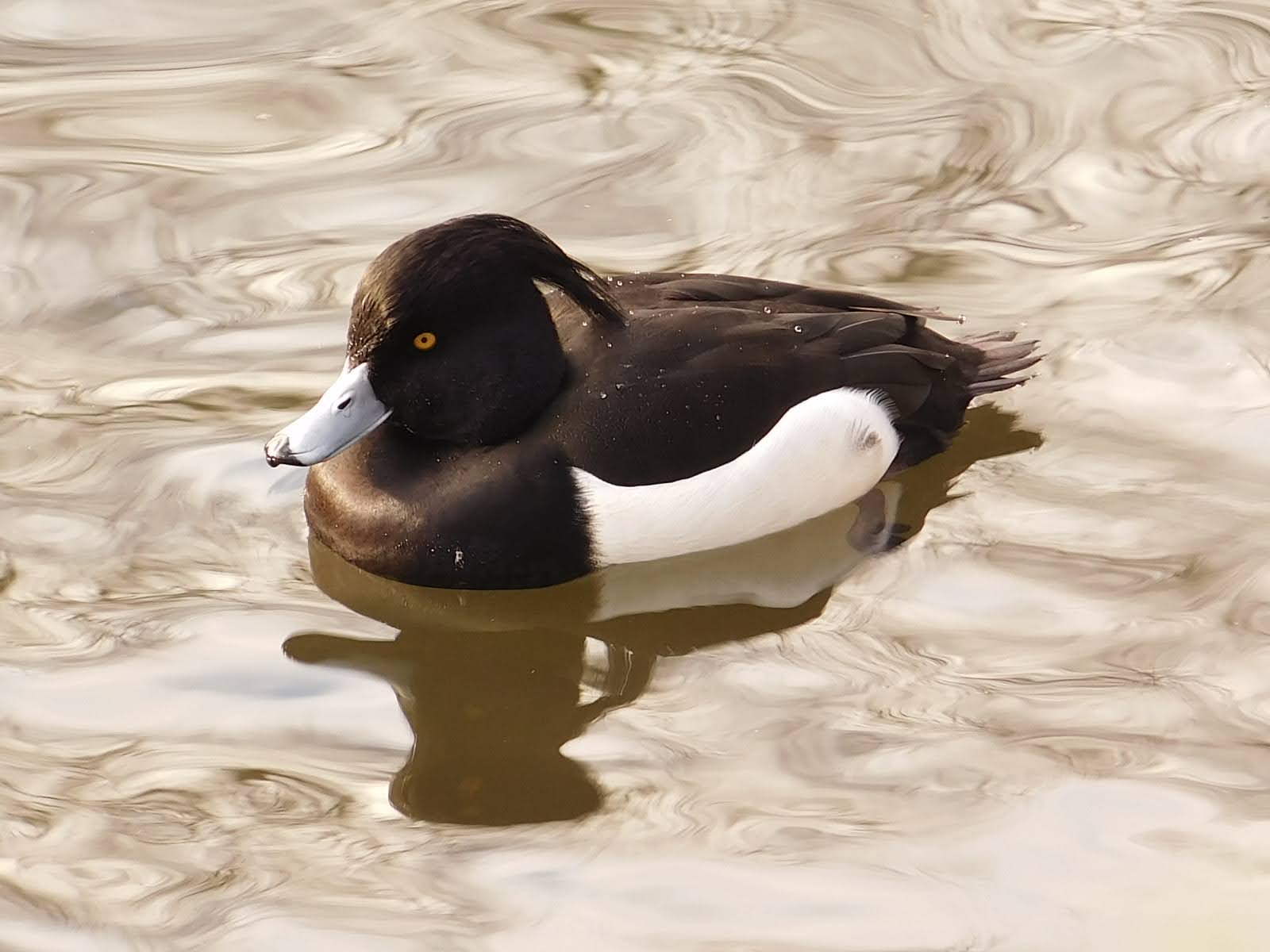Wildfowl update
Over the past year our lake has had a bit of a shake-up in terms of its residents. In January 2022 our veteran Cob (male Swan) had to be taken off the lake by the RSPCA due to Avian Flu, unfortunately he passed away under their care and it wasn’t long before the Pen (female Swan) decided to leave the lake on her own. Thankfully, within a couple of weeks a brand-new pair of adult Swans arrived on the Lower Lake and began scouting out nesting areas. They have been well fed on our lake and seem to be settling in nicely, with the Pen being a lot more confident than the Cob. Hopefully in the 2023 breeding season they will produce some eggs and we could have some little Cygnets (baby Swans) on the lake again!
 Picture © David Hart
Picture © David Hart
There have also been a few seasonal duck breeds coming to pay the park a visit; you may have spotted some visitors around our lakes recently! This is the time of year that migratory birds leave their own countries and come to us to take advantage of our milder winters. One of the first species that we’ve noticed this year is the tufted duck (Aythya fuligula). It is a medium size diving duck, a bit smaller than the usual Mallards on the lake. You can tell the males and females apart by their colouring, the males look black with white sides from a distant, whilst the females are a darkish brown on top with lighter sides. Both birds have golden/ yellow eyes and crests that are a tuft of feathers on their heads, although the females tuft is a lot less noticeable than the males.
The male tufted ducks have many more colours to their feathers when you get to see them closer, they have an attractive sheen of purples and green especially around mating time. The tufted ducks fly onto our lakes every year from northern Europe but you can find resident Tufted Ducks that remain all year round in parts of the country.
 Picture © David Hart
Picture © David Hart
Also keep an eye out for the common Pochard and a timid brown-headed duck!
